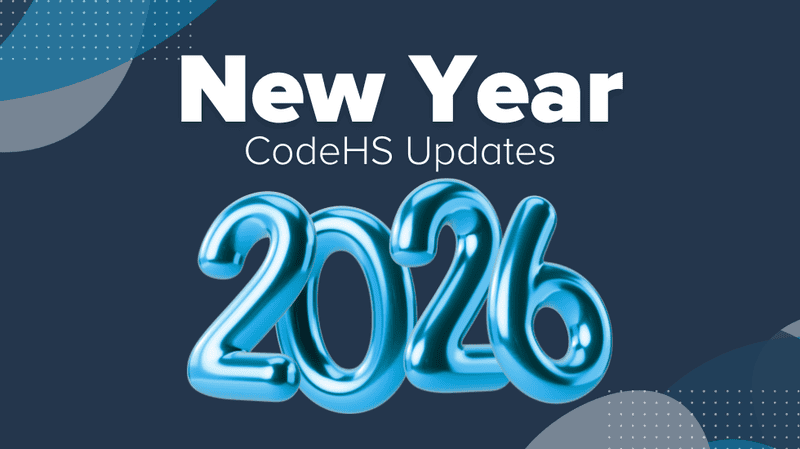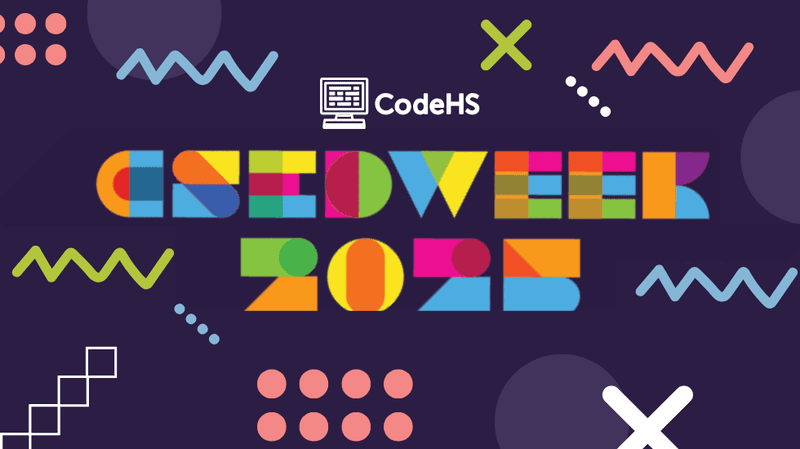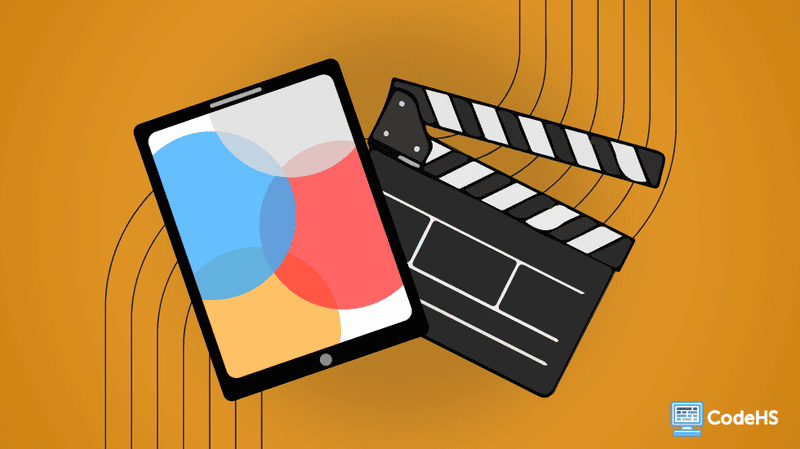How One Student Used Free Time, a Chromebook, and CodeHS to Build and Explore Complex Projects
Brayden just graduated from Attleboro High School and is preparing to begin his Computer Science studies at University of Massachusetts Dartmouth, where he’ll be part of the College of Engineering. With a strong foundation built through high school coursework and independent projects, he’s ready to dive deeper into the world of computer science.
A Mentor Who Made a Difference
Brayden credits much of his early success to two high school CS teachers, especially Ms. Faulkner, who used CodeHS in the classroom. She taught both his AP Computer Science Principles and AP Computer Science A courses and gave him the freedom to explore coding beyond the curriculum. That freedom led to the creation of a graphics engine and sparked his interest in building more complex systems.
Learning Through Creation
While Brayden enjoyed both AP CS courses, AP Computer Science A stood out for its heavy emphasis on hands-on coding. He also appreciated the creative freedom in AP CSP’s Create Task, which allowed him to start projects from scratch and build them out based on his interests.
Brayden is drawn to “low-level projects”, where he enjoys working close to the hardware. One of his standout projects in the CodeHS Sandbox is a ray tracer (written in C++) that renders a 3D sphere with lighting and shadows—a technically ambitious and visually striking achievement. He also built a 3D cube rendered using rasterization, the technique commonly used in real-time applications like video games.

Check out these projects in the Sandbox:
➡️ Sphere
➡️ Cube
Now he’s experimenting with building his own operating system on GitHub, using C and x86 assembly language.
Advice for New Coders
Brayden knows how tempting it can be to get caught in a loop of tutorials—but he encourages new coders to break that cycle early:
Don’t get stuck reading or watching tutorials forever. If you try to learn too much without building projects, you’ll forget the basics. Learn the fundamentals of a language, then think of a small project. Even if it seems too hard, just try to build it. You’ll learn way more and retain concepts better by actually doing.
In other words: don’t wait to be "ready"—start building. The most valuable lessons come not from watching someone else code, but from struggling through your own project ideas. Even if your first attempt doesn’t go as planned, you'll gain a deeper understanding and build confidence that no tutorial can offer.
The Role of CodeHS
Brayden credits CodeHS with giving him access to real-world coding experiences—even while using a school Chromebook. “Being able to work on real code during free time in the school day helped me stay engaged,” he says. The platform helped him build confidence and skills beyond what the classroom required.


